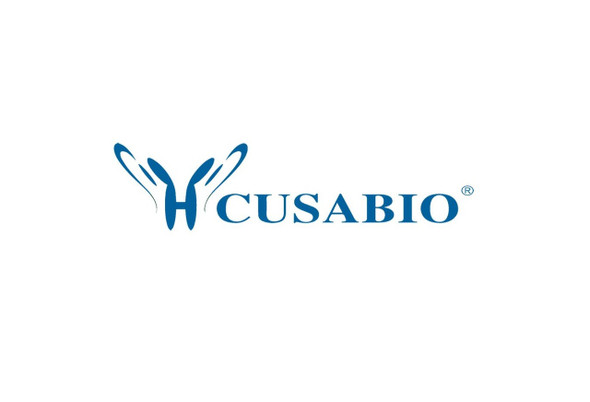Cusabio Active Proteins
Recombinant Mouse Tumor necrosis factor (Tnf), partial (Active) | CSB-AP005031MO
- SKU:
- CSB-AP005031MO
- Availability:
- 5 to 10 Working Days
Description
Recombinant Mouse Tumor necrosis factor (Tnf) ,partial (Active) | CSB-AP005031MO | Cusabio
Protein Description: Partial
Alternative Name (s) : Tumor Necrosis Factor; Cachectin; TNF-Alpha; Tumor Necrosis Factor Ligand Superfamily Member 2; TNF-a; Tumor Necrosis Factor; Membrane Form; Tumor Necrosis Factor; Soluble Form; Tnf; Tnfa; Tnfsf2
Gene Names: Tnf
Research Areas: Cancer
Species: Mus musculus (Mouse)
Source: E.coli
Tag Info: Tag-Free
Expression Region: 89-235aa
Sequence Info: DKPVAHVVANHQVEEQLEWLSQRANALLANGMDLKDNQLVVPADGLYLVYSQVLFKGQGCPDYVLLTHTVSRFAISYQEKVNLLSAVKSPCPKDTPEGAELKPWYEPIYLGGVFQLEKGDQLSAEVNLPKYLDFAESGQVYFGVIAL
Biological Activity: The ED50 as determined in a cytotoxicity assay using L‑929 mouse fibroblast cells is less than 0.08 ng/ml in the presence of the metabolic inhibitor actinomycin D.
MW: 16.4 kDa
Purity: Greater than 95% as determined by SDS-PAGE.
Endotoxin: Less than 1.0 EU/µg as determined by LAL method.
Relevance: Tumor Necrosis Factor (TNF) is a member of the Tumor Necrosis Factor family. TNF exists as a homotrimer and interacts with SPPL2B. TNF is mainly secreted by macrophages and can induce cell death of certain tumor cell lines. TNF is a key cytokine in the development of several inflammatory disorders. It contributes to the development of type 2 diabetes throught its effects on insulin resistance and fatty acid metabolism.
PubMed ID:
Notes: Repeated freezing and thawing is not recommended. Store working aliquots at 4℃ for up to one week.
Function: Cytokine that binds to TNFRSF1A/TNFR1 and TNFRSF1B/TNFBR. It is mainly secreted by macrophages and can induce cell death of certain tumor cell lines. It is potent pyrogen causing fever by direct action or by stimulation of interleukin-1 secretion and is implicated in the induction of cachexia, Under certain conditions it can stimulate cell proliferation and induce cell differentiation.; FUNCTION
Involvement in disease:
Subcellular Location: Cell membrane, Single-pass type II membrane protein, SUBCELLULAR LOCATION: Tumor necrosis factor, membrane form: Membrane, Single-pass type II membrane protein, SUBCELLULAR LOCATION: Tumor necrosis factor, soluble form: Secreted, SUBCELLULAR LOCATION: C-domain 1: Secreted, SUBCELLULAR LOCATION: C-domain 2: Secreted
Protein Families: Tumor necrosis factor family
Tissue Specificity:
Paythway:
Form: Lyophilized powder
Buffer: Lyophilized from a 0.2 μm filtered 1xPBS, pH 7.4
Reconstitution: We recommend that this vial be briefly centrifuged prior to opening to bring the contents to the bottom. Please reconstitute protein in deionized sterile water to a concentration of 0.1-1.0 mg/mL.We recommend to add 5-50% of glycerol (final concentration) and aliquot for long-term storage at -20℃/-80℃. Our default final concentration of glycerol is 50%. Customers could use it as reference.
Uniprot ID: P06804
Uniprot Entry Name:
HGNC Database Link: N/A
UniGene Database Link: UniGene
KEGG Database Link: KEGG
STRING Database Link: STRING
OMIM Database Link: N/A









